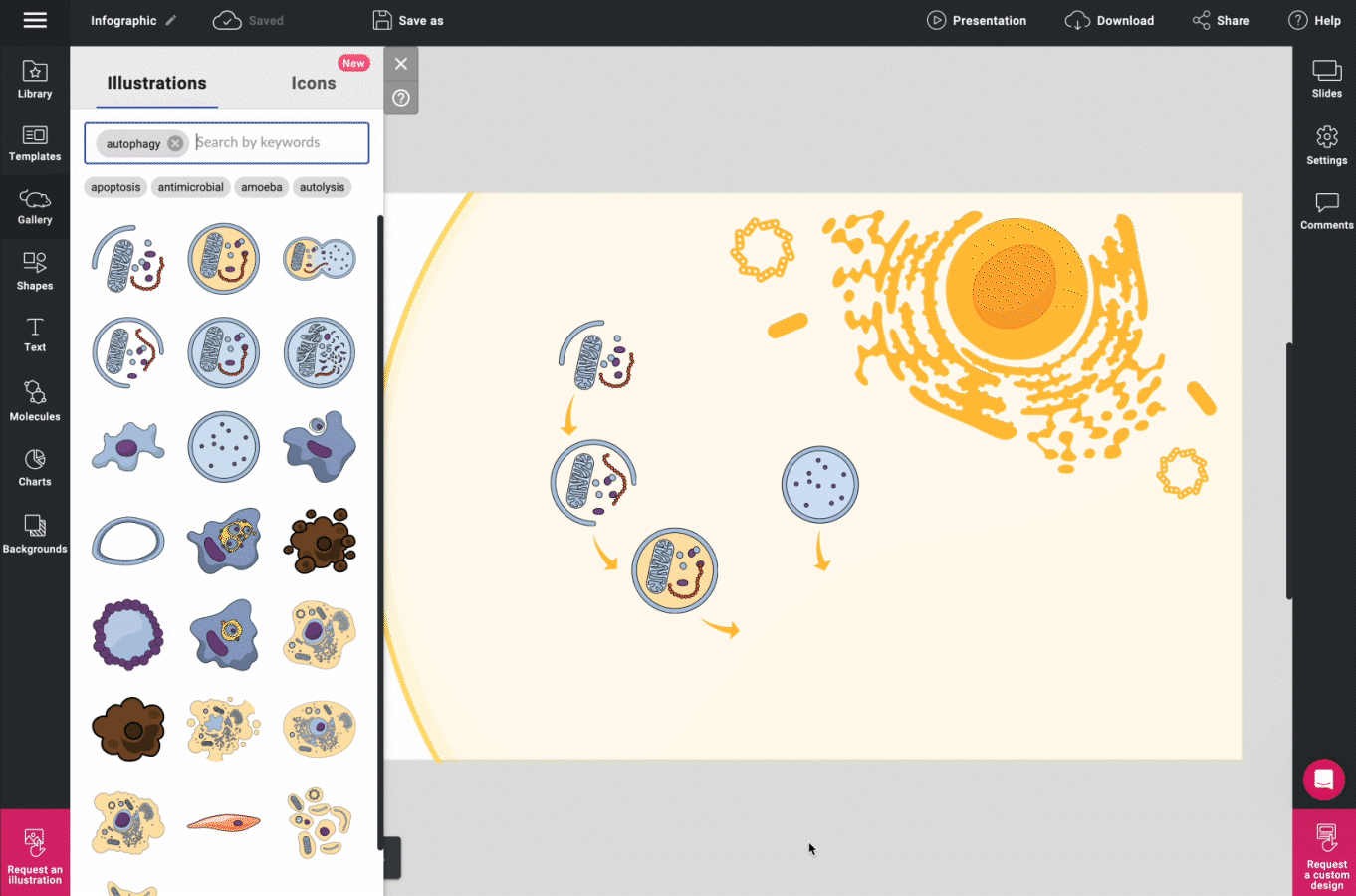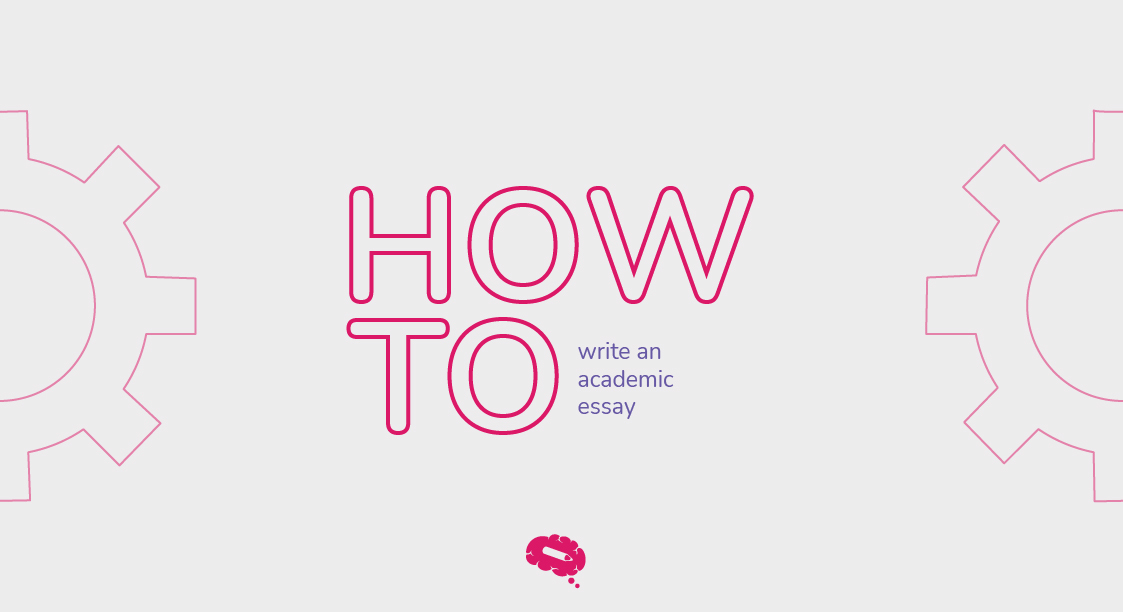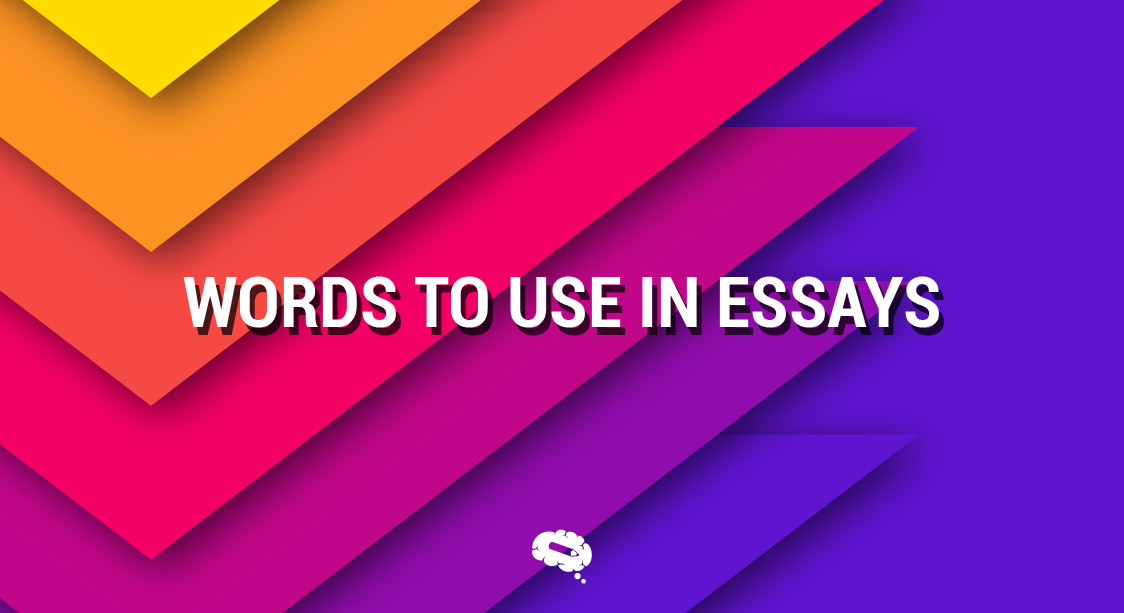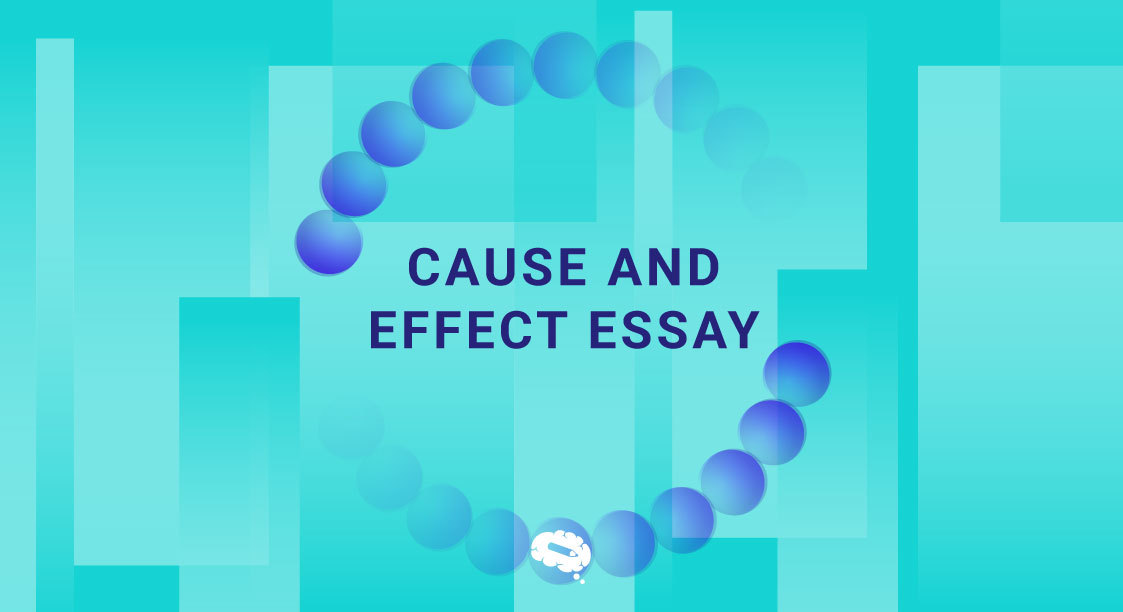It can be challenging for students and writers to meet the essay length requirements. The word count often leaves many wondering how to add meaningful content without resorting to filler or compromising quality. Making your essay longer while keeping it engaging, informative, and coherent is a common challenge.
It is important to maintain the quality of an essay while extending it. If you add unnecessary fluff to your essay, you may dilute your arguments, confuse your readers, and ultimately weaken it. Your writing can be enriched and you can gain a deeper understanding of your topic if you focus on legitimate methods to expand your essay.
If you are wondering how to make an essay longer, don’t worry we will examine various effective techniques. Using these strategies will help you meet length requirements, as well as enhance the overall quality of your essay by conducting extensive research, elaborating on ideas, and incorporating counterarguments.
Research And Detailed Information
Creating a comprehensive and compelling essay requires extensive research. This will help you gain a deeper understanding of your topic, uncover new insights, and provide a more nuanced discussion. The more thorough your research, the more persuasive and informative your essay will be.
Additional Resources And Information
- Utilize Academic Databases: Scholarly articles, research papers, and journals can be found in databases such as JSTOR, Google Scholar, and PubMed. In many cases, these sources provide detailed studies and analyses that can help you improve the quality of your essay.
Related article: Navigating Google Scholar Search Like A Pro
- Read books and e-books: There is a wealth of information available through libraries and search engines such as Google Books. There are many topics that can be covered in detail and comprehensively in books.
- Consult Credible Websites: Use reputable websites, such as government publications, educational institutions, and established organizations, to gather reliable information. Websites ending in .edu, .gov, and .org are generally trustworthy.
- Interviews and Surveys: To gain first-hand information and unique perspectives, it may be beneficial to conduct interviews or surveys. This can add original content to your essay.
- Reference Lists: Check the reference lists of sources you already have. Additional relevant materials can be found here.
Adding Depth Through Statistics, Quotes, And Examples
Statistics
It is important to incorporate relevant statistics to support your arguments in your essay. As a result of statistics, you are able to provide concrete evidence and make your arguments more persuasive. For example, “According to a study by the Research Center, X% of adults read news on social media.” Quotes and examples can be used to further emphasize your points. Additionally, they provide extra substance to your essay and make it more interesting to read.
Quotes
To lend credibility to your essay, you should use quotes from experts and authorities. The quotes you use should be directly related to the points you are making in your essay. For instance, Albert Einstein once stated, “Education is not the learning of facts, but the training of the mind to think for itself.” Thus, this quote can be used to illustrate the importance of education and how it can help people to think independently.
Examples
In order to make abstract ideas more concrete, you should provide examples to illustrate your points. You may be able to draw examples from real-life situations, historical events, or hypothetical scenarios that have occurred in the past. Charts and graphs can also be used to illustrate your point and make it easier to understand. Visual aids can also help to emphasize the importance of your argument.
Now, how to make an essay longer seems easier and more substantial by thoroughly researching your topic and incorporating statistics, quotes, and examples.
Expanding On Ideas
The key how to make an essay longer without sacrificing quality is to expand on your existing points. To elaborate on your ideas, you can use the following techniques:
1. Tips For Elaborating On Existing Points
To expand upon your main points, you may want to consider these suggestions when you revisit them:
- Identify the why, when, where, and who by asking questions. Consider the background, causes, and consequences of a historical event when discussing it.
- Give your point a broader context by providing context. Your idea should be explained in relation to the larger theme or subject of your essay.
- Step by step, explain how complex processes or theories work. By doing so, you add length to your argument as well as help the reader understand it better.
2. Adding Sub-points And Detailed Explanations
Creating sub-points and offering detailed explanations can significantly enhance your essay:
- Take a look at your main points and identify smaller, related ideas that can be discussed. If your main point is climate change, your subpoints might include wildlife, human health, and global economics.
- Make sure all sub-points are explained thoroughly. Back up your claims with data, research findings, or examples. Your main argument should be tied to these sub-points.
- Use specific examples and case studies to illustrate your arguments for each point. In addition to providing evidence, this adds substantive content as well.
3. Using Analogies And Comparisons To Enhance Understanding
Analogies and comparisons are powerful tools to expand on your ideas and make them more accessible:
- Comparing your point to something familiar to the reader will help you draw an analogy. Consider comparing a complex scientific concept to something simpler and more relatable if you’re explaining it. Abstract ideas can be made more tangible using this technique.
- To deepen understanding, use comparisons to highlight similarities and differences between two concepts. You can illustrate your point about governance by comparing the political systems of the two countries.
- Describe vividly to create an image in your reader’s mind. As a result, your essay will be longer and more engaging for the reader.
By using these strategies, you can expand your ideas in a way that enriches your essay and makes it more compelling and informative.
Incorporating Counter Arguments
Counterarguments can help you expand your essay’s length as well as add depth and balance to your writing by adding depth and balance to your writing. Critical thinking and considering multiple perspectives on the topic are demonstrated by this approach.
Discussing Opposing Viewpoints
By introducing counterarguments to your essay topic, you acknowledge there are differing opinions and perspectives. In addition to adding credibility to your argument, this acknowledgment shows that you have considered other perspectives. You can do this by following these steps:
- Understand common counterarguments: Conduct thorough research on your topic. It may be necessary to read articles, essays, or discussions in which these counterarguments are presented.
- Present the Counter Arguments Clearly: When you present a counterargument, make sure to do so fairly and accurately. Write about the opposing viewpoint in a way that helps your readers understand why some people may hold this belief.
- Use Evidence and Examples: Just like you use evidence to support your own arguments, use evidence to present the counterarguments. Statistical data, expert quotes, or real-life examples may be included.
How To Refute Counter Arguments Effectively
After presenting the opposing viewpoints, you must refute them. The purpose of this is to demonstrate why your original argument is more valid or stronger. The following are some strategies to consider:
- Analyze the counterargument and identify any logical weaknesses or inconsistencies. Provide reasons why the opposing viewpoint is undermined by these flaws.
- Present stronger evidence to support your argument than to counter your argument. In this case, recent data, more reliable sources, or more compelling examples might be needed.
- Describe the potential negative consequences of the counterargument. Discuss the problems or issues that might arise if you accept the opposing viewpoint.
- Identify experts who disagree with the counterargument and cite their opinions. Credibility can be enhanced by expert testimony.
It is important to include counterarguments in your essay to expand its scope. This not only adds length to your writing but also improves its quality and depth. A balanced and persuasive essay discusses opposing viewpoints and refutes them effectively.
INSERT BANNER
Adding Introduction And Conclusion Details
A highly effective strategy for lengthening an essay is to expand both the introduction and conclusion. The introduction can be strengthened with background information, definitions, and context, and the conclusion can be extended with summaries, implications, and future perspectives.
Expanding The Introduction
- Describe the historical background shortly associated with your essay topic. By doing so, readers will gain a better understanding of the significance and development of the subject over time.
- Discuss the topic’s current state, including recent developments, trends, and relevant data. By doing so, you set the stage for your arguments and emphasize the relevance of the topic.
- The key terms and concepts that you will use throughout your essay should be clearly defined. Your readers will be able to follow your arguments more clearly if they understand the terminology.
- Provide detailed explanations of complex concepts. As a result, your essay will be longer and the reader will be able to understand it better.
- Your essay’s scope and focus should be outlined. Provide your readers with a clear explanation of what you will cover and what you will not cover.
Enhancing The Conclusion
- Summarize your essay’s key points. As a result, your arguments are reinforced and the most important information is conveyed to the reader.
- Explain how your findings or arguments have broader implications. Describe how your essay contributes to a better understanding of the topic and its importance.
- Emphasize any practical applications or real-world relevance of your arguments. As a result, your essay gains significance and shows its value beyond the academic arena.
- Consider future research areas or unanswered questions. You demonstrate critical thinking and engagement with the topic by extending your conclusion.
- Discuss long-term trends relating to your topic. It provides readers with a sense of ongoing relevance to conclude your essay on a forward-looking note.
If you incorporate these strategies into your introduction and conclusion, you will be able to extend your essay’s length without sacrificing its quality or coherence. By maintaining a consistent approach throughout your essay, you will ensure that it is informative, engaging, and thorough.
Formatting Techniques (Without Manipulation)
It’s important to use formatting techniques that maintain integrity and readability when lengthening an essay. The following are some legitimate strategies:
1. Headings And Subheadings
You can organize your content and make it easier for readers to follow your arguments by using headings and subheadings. The sections provide a clear division between sections of your essay and break up large blocks of text. For example:
- Main Heading: Introduction
- Subheading: Background Information
2. Bullet Points And Lists
You can add variety to your essay format by incorporating bullet points or numbered lists. Information can be presented clearly and concisely with the help of lists. You could, for instance, use the following when summarizing key points or listing examples:
- Point one
- Point two
- Point three
By using this technique, you can make your essay longer and more engaging at the same time.
3. Avoiding Manipulative Tactics
The formatting of your essay should not be manipulated in a way that compromises its professionalism. The following are among them:
- The use of large fonts can lengthen your essay but is easily noticeable and unprofessional.
- A wide margin can make an essay appear poorly formatted when used to increase page length.
- In addition, adding too many spaces between lines or paragraphs can make the essay appear unreadable.
4. Enhancing Readability With Proper Formatting
Your essay will look better and be more readable if you use proper formatting techniques. The following are included:
- For a professional appearance, use a standard font size (e.g., 12-point) and style (e.g., Times New Roman or Arial).
- To ensure your essay meets academic or publication standards, use standard margins (e.g., one inch on all sides).
- To make your essay easier to read, use clear paragraph breaks between ideas.
- To ensure a logical flow through your essay, indent new paragraphs properly.
It is possible to lengthen your essay and maintain its quality and readability by using these legitimate formatting strategies. Using this approach ensures your essay remains professional and engaging while meeting length requirements.
Utilizing Mind the Graph’s Tools To Make Your Time More Productive
Dive deep into your research and effortlessly craft engaging visuals that captivate your audience’s attention while also saving you time. From intricate data sets to complex concepts, Mind the Graph empowers you to create compelling infographics that resonate with readers. Visit our website for more information.


Subscribe to our newsletter
Exclusive high quality content about effective visual
communication in science.




